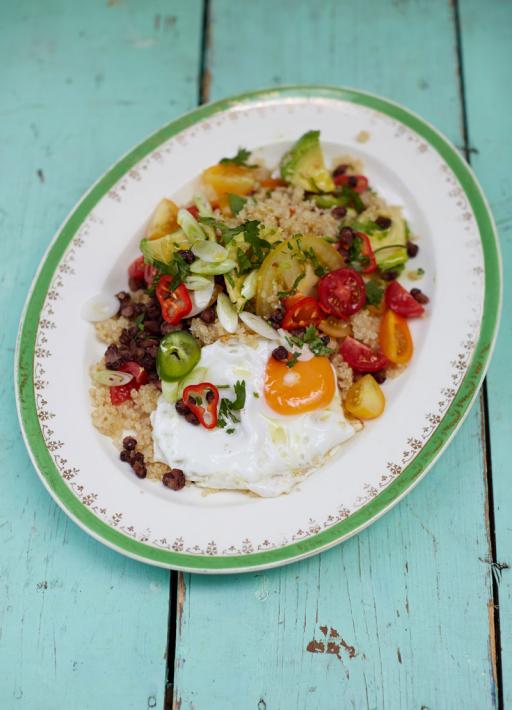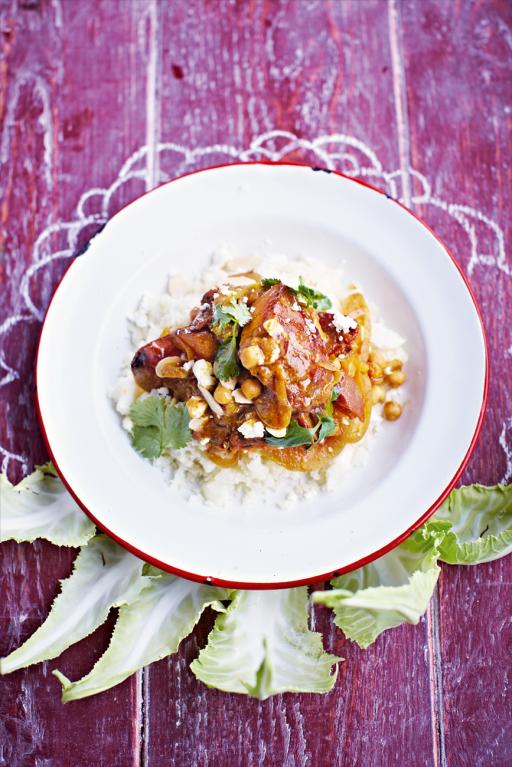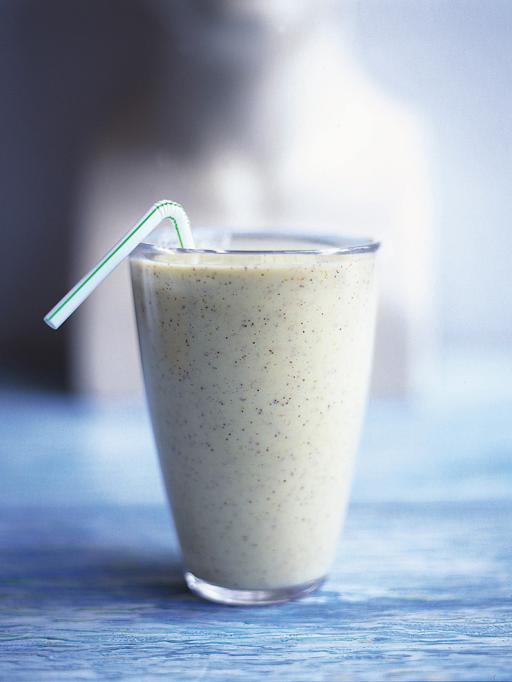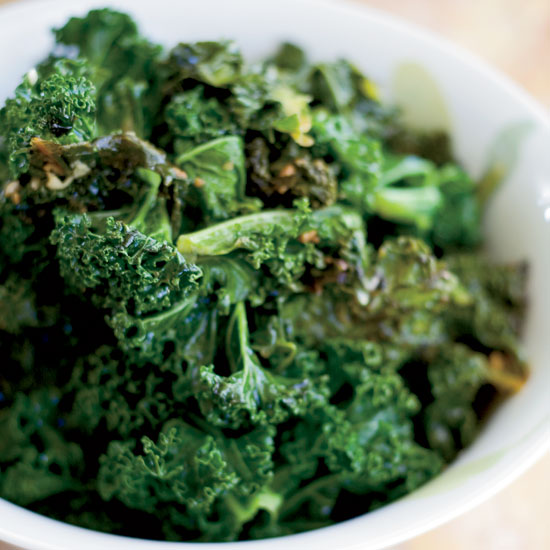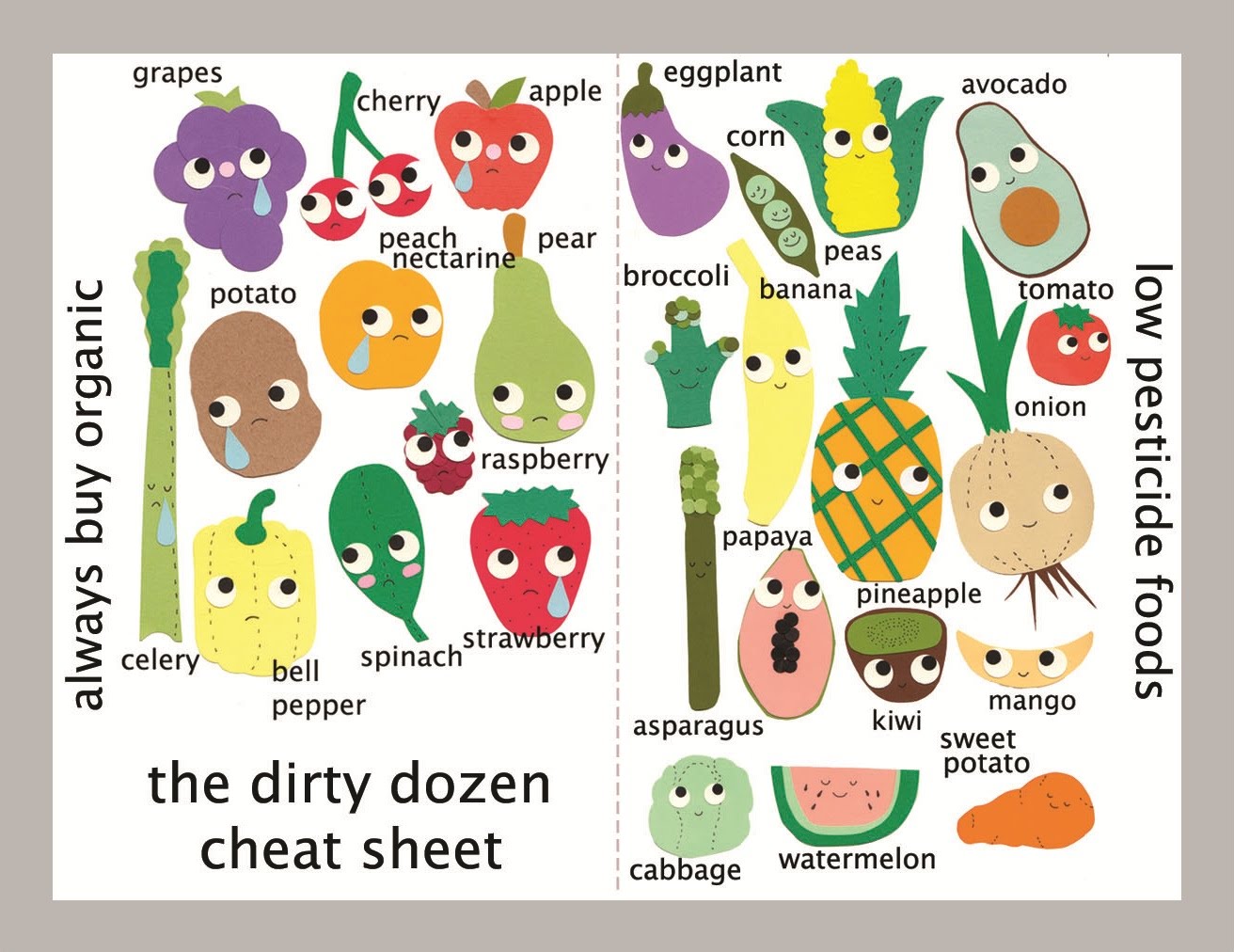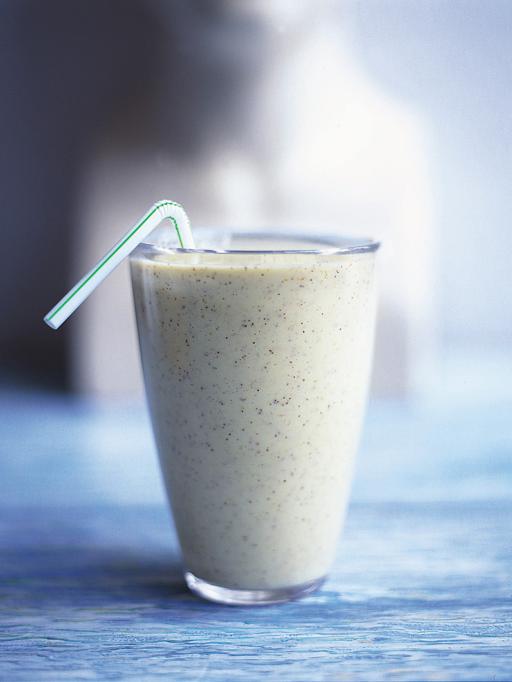
10 Apr Why should I eat healthy?
You can’t open a magazine, or read your newsfeed on Facebook, without coming across some article about the importance of eating healthy. Super foods! No meat, no sugar, no gluten! Less dairy, more organic! I think most people know by now that eating healthy is a smart choice. But what is the real incentive to do so? Is it all about preventing an earl(ier)y death, or is there another (better?) reason? I have often asked myself that question.
According to a recent – eye-opening – article in National Geographic[1] the average American easts 22.7 teaspoons of sugar per day[2]. Of course, it is not like everyone is constantly dipping their spoon in the sugar jar. The problem is: most people are not even aware of the fact that they’re eating that much sugar. Fact is that (too) many people are overweight and don’t even know why. According to Richard Johnson, a nephrologist at the University of Colorado Denver, Americans eat too much and exercise too little because they are addicted to sugar, which not only makes them fat but, after the initial sugar rush, also saps their energy, beaching them on the couch. “You have no energy to exercise because you’re eating too much sugar.” Avoiding sugar is not as easy as it sounds, especially when manufacturers use sugar to replace taste in fat-free foods. No fat sounds healthy, but often it isn’t! Many products that are not perceived as being sweet actually contain a lot of sugar. Three tablespoons of ketchup contain almost two teaspoons of sugar, and just eating an 8 oz. cup of low fat yoghurt gives you a whooping 6.16 teaspoons of sugar!
Another problem is that many products are not sweetened with real sugar, but with other sweeteners like sucrose or high-fructose corn syrup. High-fructose corn syrup is made cheap by government corn subsidies, so for many food corporations this is a profitable substitute for real sugar. The problem with high-fructose corn syrup is that – besides the fact that it is often made from Genetically Modified corn, which is an unproven, but seriously considered, health risk in itself – in the body it is mainly processed in the liver into fats. These fats can build up there and enter the blood stream. The resulting risks are obesity, hypertension, insulin resistance and type 2 diabetes.
Besides sugar, there are many other things to consider eating less off. I already mentioned Genetically Modified Organisms (GMO). But what about apples that have been sprayed with chemicals that enter through the apple’s skin, so you’ll still eat the nasty stuff even when you think you washed it off? Or dairy produced in facilities that give the cows antibiotics and growth hormones that will end up in the milk? Ever wondered how certain foods got their color that you won’t see in nature? Or how it is possible that your bread still isn’t stale after lying on the counter for two weeks? But then again, what does is matter?
I am not afraid of dying. Actually I already did once, as a matter of speaking, during an exercise in my 500-hour yoga teacher training. We were guided through a visualization of our own death; having pulled a white sheet over our heads included, and asked to viscerally experience what it would be like to die. I remember that I didn’t mind at all. The only thing that really upset me was the grieving people I was leaving behind. I felt frustrated that I couldn’t tell them that I was actually doing quite okay on the other side. But I digress… So if I don’t mind dying, why does it matter what I eat?
I know that suffering is optional, and pain isn’t. I wouldn’t want to suffer through some debilitating illness, even if it was just painful. Therefore, making sure I stay as healthy as I can by eating right is an obvious choice for me. However, there is something even more important that keeps me motivated from doing my body any harm: my body itself.
Do you ever think of the incredible machine your body is? Do you realize how many breaths you take every day, without even having to think about it? Or what makes your heart beat slower or faster? How your food is digested during the night, so you can (hopefully) get up with a clean slate in the morning? What it takes for the skin to heal itself when you have a wound? How your hair and nails grow? Have you ever considered the intricate communication system between your brain and your muscles? I think it is nothing short of a miracle.
Since I consider my body a miracle – so infinitely more than an object to carry my head around – I want to treat it with respect. I want to fuel my body with sustainable energy sources. I want to vitalize, energize and positively stimulate my body. I want to give it what it needs, not what my mind thinks it wants. That is why I am eating healthy. Because my body deserves it. And so does yours.
(Please read on for recipes below!)
[1] Sugar Love: A Not So Sweet Tale, by Rich Cohen in National Geographic Vol. 224. No. 2, August 2013. [2] The American Heart Association recommended daily limit is 9 tsp (37.8 g) for men and 6 tsp (25.2 g) for women.
Need some inspiration to start your day right, for a healthy and nutritious lunch or a filling and easy to digest dinner? Here are some suggestions. All ingredients are preferably organic.
Quinoa breakfast bowl
Made with left over cooked quinoa.
Scoop 3 or 4 heaping tablespoons of the quinoa into a bowl. Add a little hot water. Then add maple syrup to taste, a banana, half an avocado, a tablespoon of dried cherries and some raw almonds. Serves 1.
Soft raw oatmeal with coconut and dried cherries
Mix 3 tbsp. rolled oats with 1 tbsp. hemp seeds, 1 tbsp. tart dried cherries, 1 tbsp. dried coconut flakes and 1 tbsp. raw almond slivers. Add coconut water so all ingredients are wet. Let sit overnight (or at least an hour). Eat with yoghurt or almond milk.
Nutritious breakfast smoothie
Blend 1 banana, 1 avocado, 4 tbsp. fresh pomegranate seeds (or any other soft fruit such as blue berries or raspberries), 2 tbsp. hemp seeds, with almond milk. Add more or less almond milk depending if you like a thick or more liquid smoothie. Serves 2.
Easy Lunch Kale salad
You can make this salad with either Lacinato Kale or curly kale. The Lacinato kale can be a little tough to digest, and therefore is best prepared ahead of time. Just mix the kale with the dressing the day, or a couple of hours, before you intend to eat the salad. You can use any kind of grated cheese. I especially like Manchego or aged Parmesan cheese in this salad.
1 bunch kale, cut in manageable pieces
1 ripe avocado, cut in small pieces
2 hard-boiled eggs, cut in small pieces
2 tbsp. of roasted pine nuts
2 tbsp. of tart dried cherries or cranberries
grated cheese to taste
dressing of 3 tbsp. olive oil, 1 tbsp. balsamic vinegar, salt and pepper
Mix the kale and the dressing in a salad dish, and set aside (see above). When you are ready to eat the salad, add the remaining ingredients and gently toss. Serves 2.
Heart warming soup
I make this soup with however much I have of any of the vegetables listed below, so the numbers are not fixed. I like to add some Italian organic chicken sausage for extra protein. The Applegate brand has a good choice of organic meat.
1 yellow onion, cut in small pieces
2 gloves of garlic, chopped finely
1 bunch of kale, washed and chopped into 1 inch pieces
1 large or 2 smaller sweet potatoes, peeled and in ½ inch cubes
1 acorn squash, peeled and in ½ inch cubes
5 large carrots, cut in ¼ inch slices
1/2 cauliflower, separated into small rosettes
3 stalks of celery, cut in ¼ inch slices
2 small tomatoes, cut in small pieces
1 can of fava beans
(2 organic Italian chicken sausages, in slices)
2 vegetable bouillon cubes (if not organic, make sure they do not contain MSG)
2 tbsp. olive oil
boiling water
Heat the olive oil in a large pan over medium heat. Add the onion and garlic. Stir until translucent. Make sure the onion and garlic don’t burn, that makes them bitter. Then add all the vegetables and the beans, and stir. Add boiling water until all the vegetables are under water and have just enough room to “swim”. Add the bouillon cubes. Let the water come to a boil again. Put the pan on a small burner, and then add the sausage and the kale. Let simmer until all vegetables are soft. Add salt and pepper to taste. Serves 4.
Enjoy!
